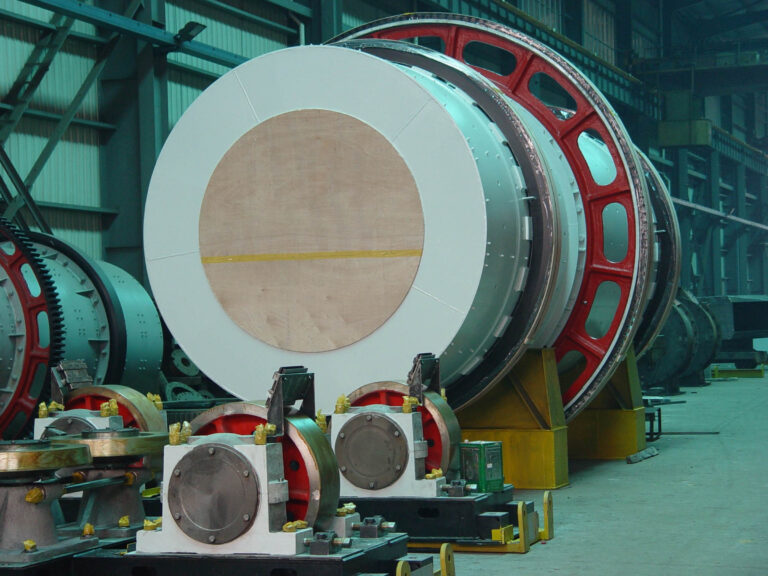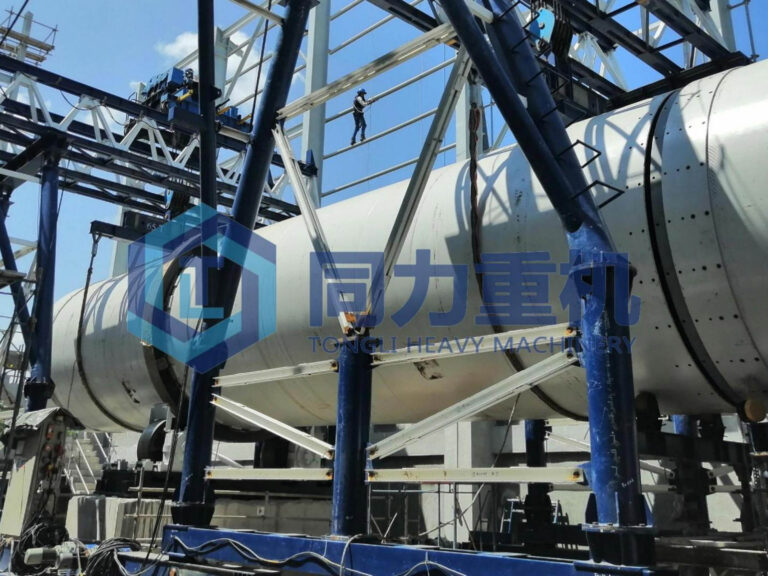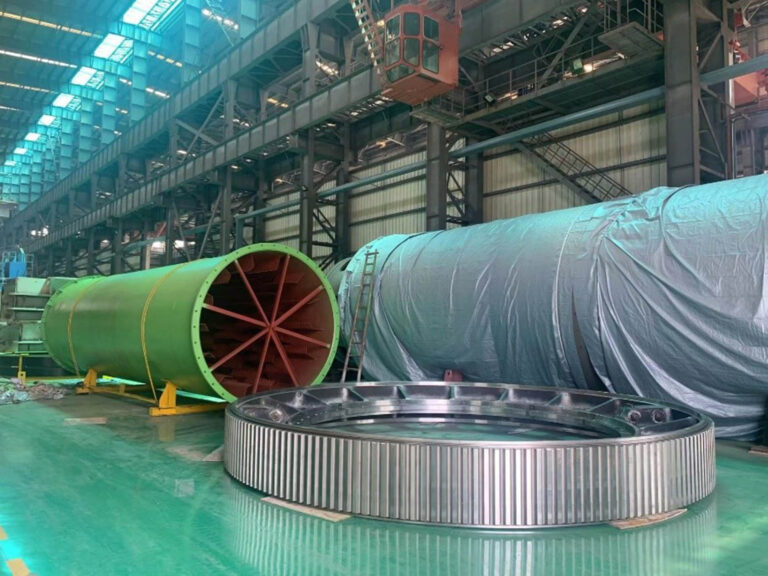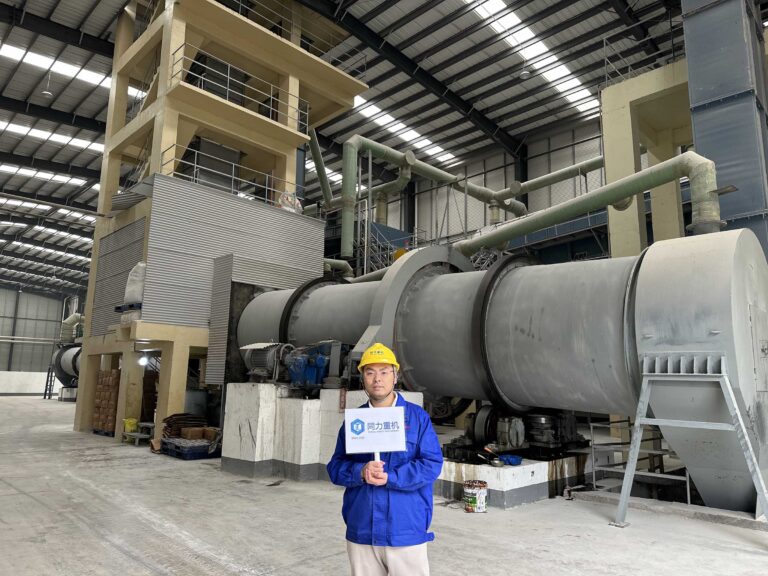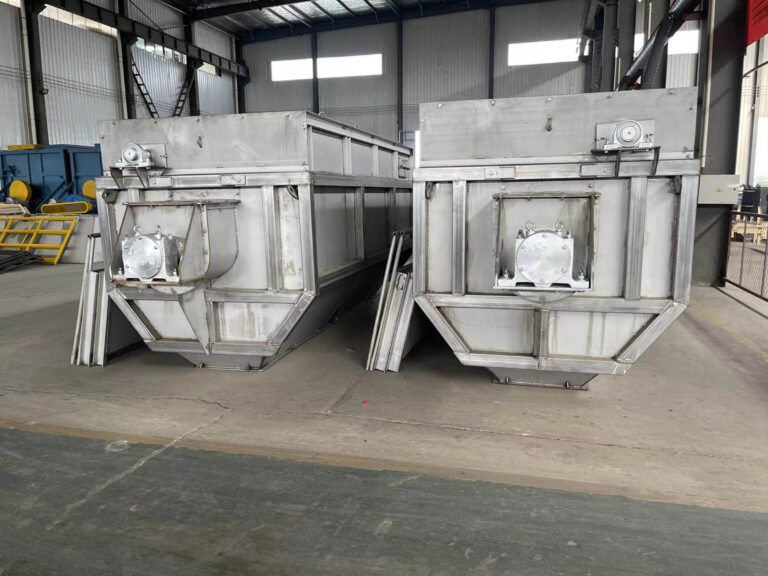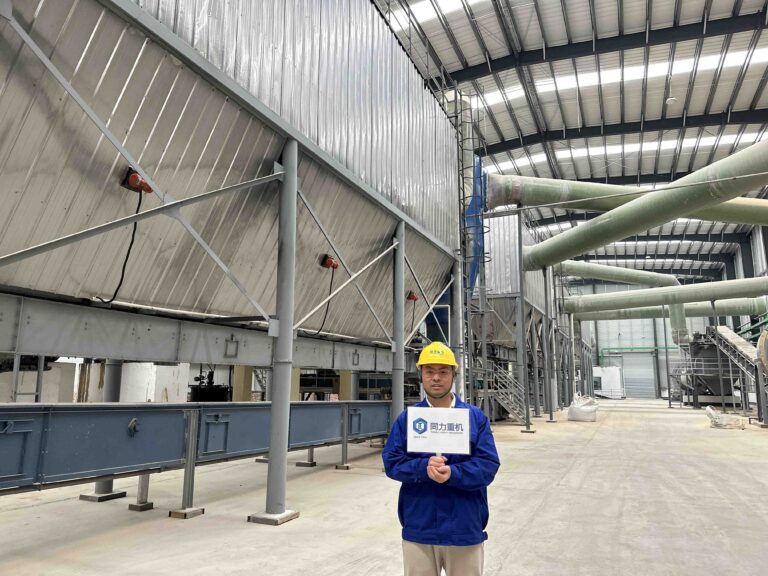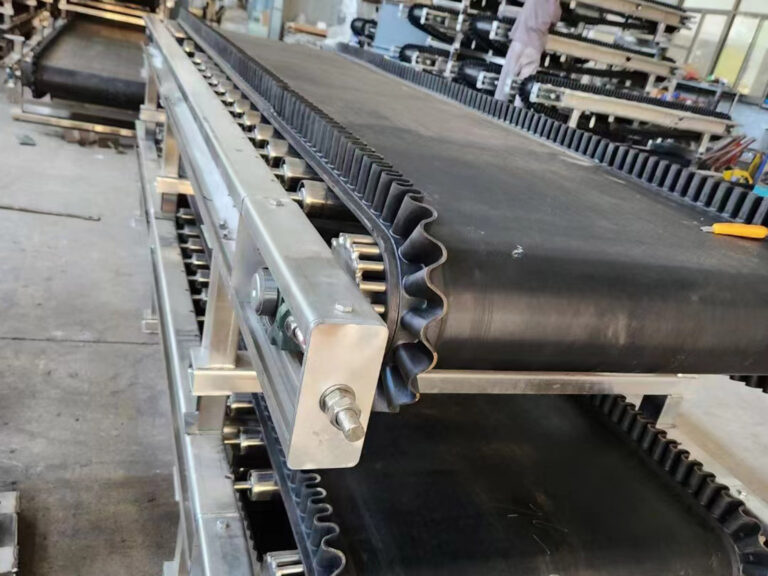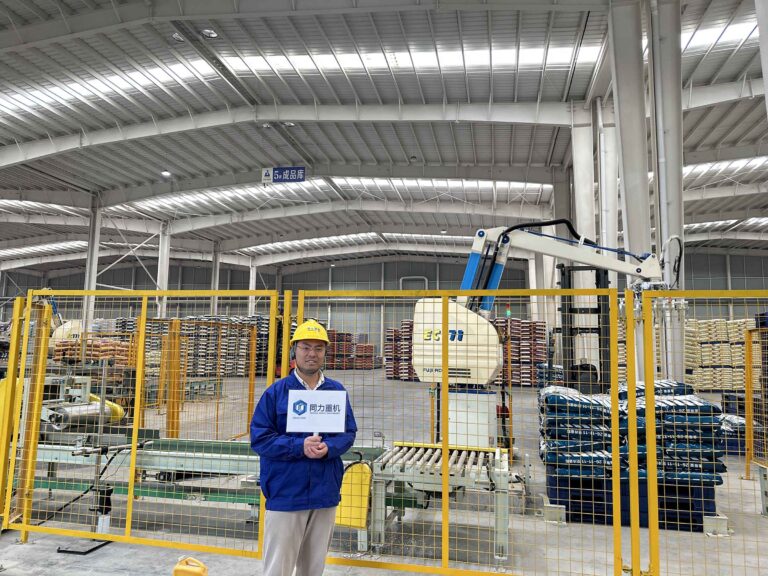Organic Inorganic Compound
Fertilizer Production Line
Converting organic materials into nutrient-rich fertilizers, Tongli offers organic and inorganic compound fertilizer production lines ranging from 50,000-300,000 tons/year.
Production Line Equipment List
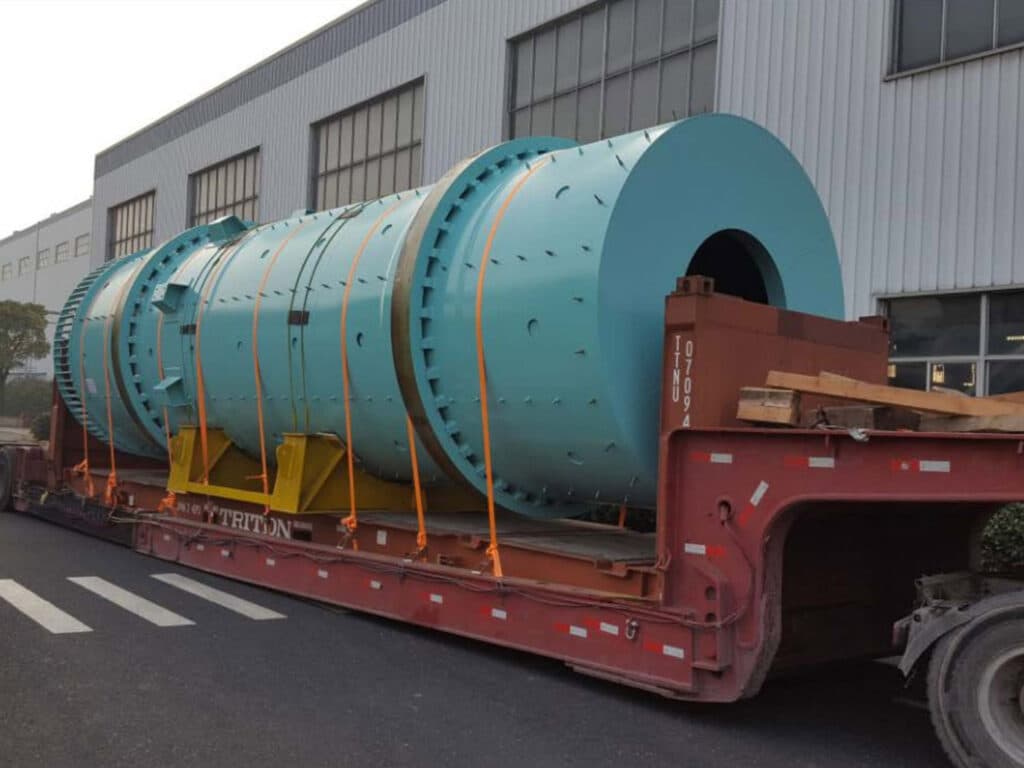
Fertilizer Granulator
- Rotary granulator
- Disc granulator
- Roller press granulator
- Double shaft granulator
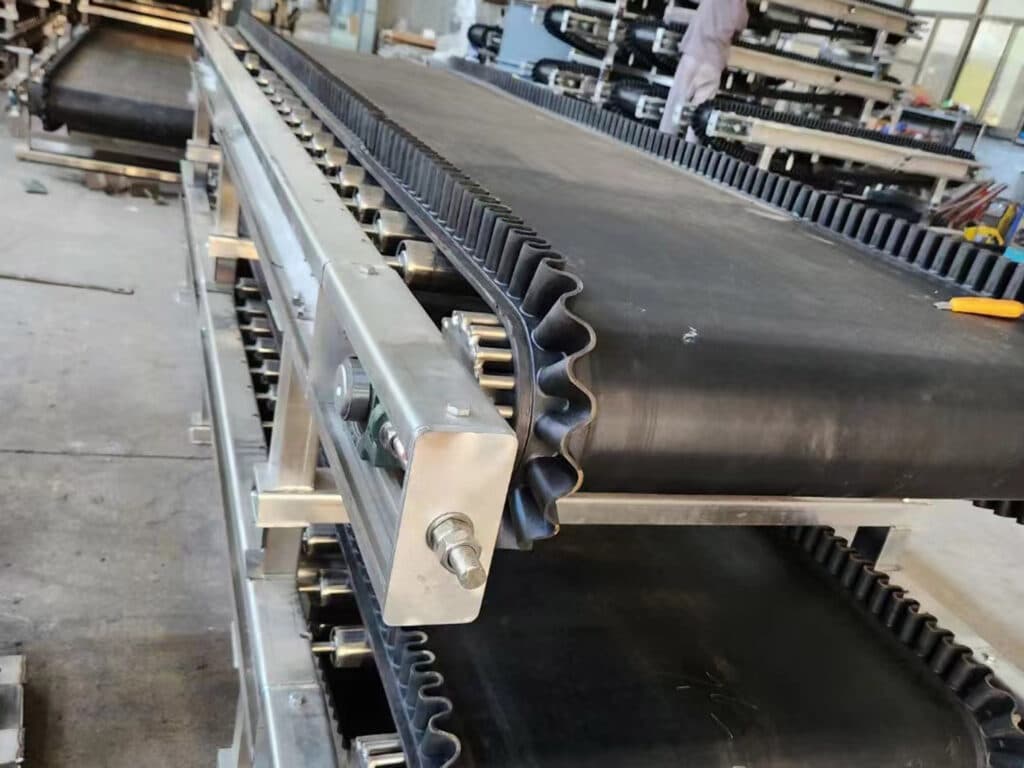
Automatic-control system
- Automatic-batching System
- Rotary cooling machine
- Rotary drying machine
- Rotary coating machine

Sieving Equipment
- Rotary screener/Trommel
- Vibrating Screener
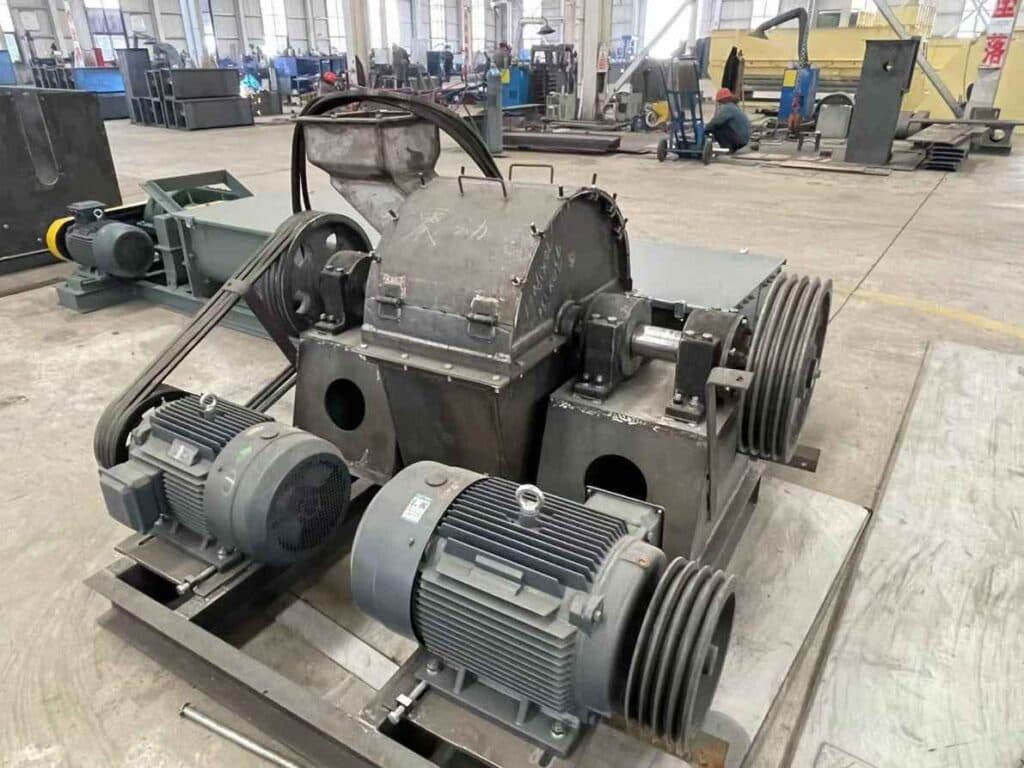
Crushing Equipment
- DAP Crusher
- Double Cage Crusher
- Chainmill
- Ton Bag Crusher
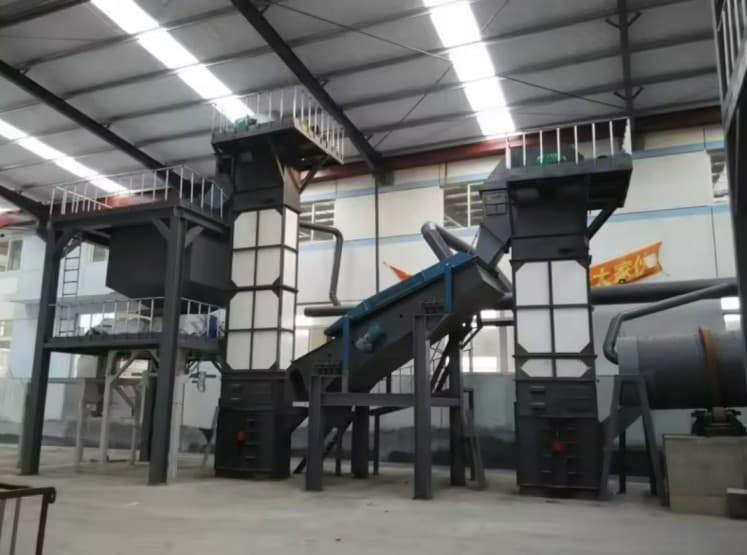
Conveying Equipment
- Belt Conveying Equipment
- Bucket Elevator
- Scraper Conveyor
- Screw Conveyor

Other General Equipment
- Tracked Compost Turner
- Car Feed Hopper
Organic Inorganic Compound Fertilizer Production Line Technical Parameters
| Product Name | Yield | Detail | Speed | Power |
| Crawler Compost Turner | 400-1500m*3/h | Stacking height 600mm-1500mm | 5-10m/min | 36-170 horsepower |
| Forklift Feeding Hopper | Silo size: 1-4 meters | 2250mm*1050mm*1590mm | N/A | Fabricate on site |
| Vertical Crucher | 5-12t/h | Q235B with 2mm SS304 lining | 3000r/min | 7.5-37KW |
| Organic Fertilizer Granulator | 4-8t/h | Rotary drum/disc/extrusion/stir tooth | 2~3r/min | 7.5-11KW |
| Polishing Machine | 5-10t/h | Double bearing | 2000r/min | 3-7.5KW |
| Rotary Drum Drying Machine | 20-25t/h | 2.5x25m | 1.5~2r/min | 25-37KW |
| Cooling Machine | 15-20t/h | 2.2x20m | 2~2.5r/min | 15-22KW |
| Rotary Screen Machine | 10-15t/h | 2.0x8m | 2~3/min | 5.5-15KW |
| Pellet Packing Machine | 800~1000bags/hour | Packaging specification: 20-50kg | 15 bags/min | 50Hz/60Hz/220V/380V |
Raw materials for organic inorganic fertilizer production line
Animal Feces
Chicken manure, cow manure, pig manure, horse manure, sheep manure, goat manure and other animal manure are all rich sources of organic matter and nutrients. They are very suitable for use as raw materials for organic fertilizers, and the cost is also very low.
Crop
Straw, soybean meal, cotton meal, mushroom slag, marsh slag, mushroom slag, lignin slag, corn stalks, rice husks, peanut shells, wheat bran, and other agricultural byproducts are commonly used materials in organic composting and biofertilizer production.
Industrial Waste
Wine dregs, vinegar dregs, cassava dregs, sugar dregs, furfural dregs, and similar by-products from the food and fermentation industries are often rich in nutrients and can be repurposed as valuable organic materials for composting, animal feed, or bioenergy production.
Household Waste
In times of scarcity, when traditional raw materials are limited, repurposing food waste like fruits, vegetables, grains, dairy products, meats can be used as a primary ingredient for organic fertilizer production offers a sustainable solution while saving the cost.
Urban Sludge
River sludge and sewage sludge are increasingly used as ingredients for organic fertilizers due to their rich nutritional content. However, not all sludge can be used as raw material. It must be natural sludge that does not contain heavy metals and is rich in nutrients.
Organic fertilizer Production Process
Organic fertilizer is a kind of chicken, pig and other poultry or livestock manure as the main raw material, add a certain amount of nitrogen fertilizer, phosphate fertilizer, potash, magnesium sulfate, and other substances, as well as fermentation for a certain period of time of rice bran, yeast, soybean meal, sugar and other biological strains of bacteria, in the role of sulfuric acid, mixed with the fermentation made of bio-fertilizer.
Compared with the traditional NPK compound fertilizer production line, the production process of organic-inorganic compound fertilizer has added a key process: organic matter fermentation and turning. Due to the wide and diverse sources of organic fertilizer raw materials, different raw materials lead to significant differences in composition. For example, plant residues and animal manure have obvious differences in nutrients and microbial species. In addition, these raw materials often carry a large number of bacteria on the surface. If they are not turned over, the bacteria in the fertilizer will multiply in large numbers, which will affect plant growth. Organic fertilizer must be turned over before use. This process helps to evenly mix the fertilizer ingredients and allow bacteria to fully contact oxygen, thereby promoting their complete decomposition. Turning over can not only reduce harmful bacteria, but also improve the quality and effect of organic fertilizers and enhance their adaptability to soil and crops. The compost turner plays a vital role in this process. It adopts a crawler walking mechanism and straddles the top of the strip pile when working. The auger and stirring device under the frame begin to stir and turn the material. When the machine passes through the pile and completes the turning and moving of the material, a new pile is formed. This equipment not only improves the efficiency of compost turning, but also ensures the uniformity and full fermentation of fertilizers. TONGLI organic-inorganic compound fertilizer production line technology integrates intelligent and automated technologies. For example, sensors are used to monitor the temperature, humidity and oxygen content during the fermentation process, and the operation of the compost turning machine is adjusted in real time through an intelligent control system. This will greatly improve production efficiency and fertilizer quality, reduce labor costs, and promote the sustainable development of agricultural production.
The raw materials will be crushed by bulk(dap) crusher/double cage crusher/chain mill ton bag crusher to crush the raw materials, and then pass through the disc mixer to mix and regulate the humidity to create the physical state and environment suitable for microorganisms to grow and reproduce. During the fermentation process, high temperature can kill harmful components in the raw materials, such as pathogenic bacteria, parasite eggs and weed seeds, thereby converting livestock and poultry manure into odorless organic fertilizer. The organic matter after fermentation varies in size and hardness, so we have equipped a crushing process, using a bulk crusher or a vertical crusher to further crush the fermented material. After reaching the particle size required by the subsequent process, it enters the belt weighing scale/auto batching system for raw material proportioning.
After tossing and fermentation, the organic matter will enter the automatic batching system after being crushed by a vertical crusher or a bulk crusher. Compared with the NPK compound fertilizer production line, the uniqueness of the organic-inorganic compound fertilizer production line is that the organic matter is mixed into the inorganic compound fertilizer production line as one of the raw materials. At this time, the automatic batching scale proportions the crushed and tossed organic matter according to a specific formula and ratio, and then enters the granulator for granulation. In the production process of organic-inorganic compound fertilizer, the accuracy and reliability of the automatic batching system are particularly important. An efficient batching system can ensure the uniform mixing of different ingredients, thereby ensuring the quality and consistency of the final product. In addition, modern organic-inorganic compound fertilizer production lines should also focus on environmental protection and resource recycling, and reduce energy consumption and emissions by optimizing the process flow. Compared with the traditional NPK compound fertilizer production line, the organic-inorganic compound fertilizer production line not only improves the nutritional content of the fertilizer, but also improves the soil structure and fertility, and has higher ecological value and market competitiveness. Organic fertilizer has a longer release time and can provide a stable and lasting supply of nutrients, which is beneficial to the healthy growth of crops. It is more friendly to the soil and will not destroy the nutritional structure of the soil.
The first rotary steam granulator for compound fertilizer in China was produced by Tongli in 1990, achieving a breakthrough from 0 to 1. Traditional granulators need to add water, which increases the workload of subsequent fertilizer dryers and fertilizer cooling machine, while the use of steam perfectly solves the energy consumption problem. High-temperature steam increases the ball formation rate of raw material powder in the granulator, effectively reduces energy consumption, and improves the quality of fertilizer. Inside the granulator, Tongli uses a gravity dust cleaning system to achieve a self-cleaning function through the dead weight of the polymer rubber sheet. At the same time, double-layer sealing devices and unloading covers are installed at the front and rear ends of the granulator to reduce dust emissions.
In the process of drying organic fertilizer, we provide two solutions: one is equipped with one dryer and one cooler, and the other is equipped with two dryers and one cooler. The main difference between the two solutions is the different control of the moisture content of the finished product. The form of two drying and one cooling can better control the moisture in the compound fertilizer, so as to produce products with higher particle size and quality.
The main difference between organic fertilizer drying and inorganic fertilizer drying is that organic fertilizer contains higher moisture, so the temperature requirement is higher. Organic fertilizer will decompose at 200 to 300 degrees, so the temperature needs to be controlled more accurately. This not only increases the complexity of the process, but also requires the equipment to have higher stability and precision.
In addition, although the configuration of two drying and one cooling is more expensive, it is a worthy investment for those companies that pursue high-quality and efficient production. This configuration can significantly reduce the moisture content of the fertilizer in a shorter time and improve the stability and storage life of the finished product. On the other hand, for companies with limited budgets or low requirements for product moisture control, choosing a configuration of one drying and one cooling is also an economical solution.
Our general organic fertilizer drying line is usually equipped with two dryers. The temperature of the first dryer is about 100 to 150 degrees lower than that of the second dryer, because organic fertilizer has very high requirements for temperature control and heat. To this end, we independently developed a pulverized coal injection burner with independent intellectual property rights. This burner is specially designed for the organic fertilizer industry and has unique advantages. Compared with traditional coal-fired hot air furnaces or natural gas burners, our pulverized coal injection burner is more accurate and efficient in temperature control and heat supply, designed for organic matter.
After the organic fertilizer has been dried twice, it will enter the drum-type compound fertilizer cooler. Due to the high moisture content of organic fertilizer, the requirements for humidity control in the cooler are more stringent. In order to better cool the material and further remove moisture, the air volume needs to be increased. Our cooler adopts a convection design, with air supplied by a high-power centrifugal fan at the tail, and the material contacts the opposite direction of the air supply airflow. Compared with ordinary coolers, organic fertilizer coolers have higher requirements for material wall adhesion. Although organic fertilizer has been dried twice, its raw material characteristics make it more viscous, so the design of the cooler must be more sophisticated. We increased the air volume of the cooler and redesigned and distributed the hammering device/knocking device on the cooler barrel/shell to prevent the material from sticking to the inner wall of the cooler. Through optimized design, this cooler not only improves the cooling efficiency, but also effectively solves the problem of material wall adhesion, ensuring the quality and stability of organic fertilizer during the production process.
Coating is a key process in compound fertilizer production. Its function is to introduce the finished product after the rotary screening machine and the cooler into the coating machine for surface treatment. The coating process of organic fertilizer is slightly different from that of inorganic fertilizer, mainly because the color of inorganic fertilizer can be adjusted freely. Inorganic fertilizer is usually pure white, and can be made into finished products of various colors through coating. However, organic fertilizer has brown color due to the addition of organic matter (such as cow dung and sheep dung). The color of the finished product can only be brown, and it cannot be brightly colored. This is the main difference between organic fertilizer and inorganic fertilizer in the coating stage.
The coating machine system is relatively complex. In addition to the coating machine itself, it also includes a coating oil tank for providing coating oil, and an automatic batching scale for controlling the amount of compound fertilizer entering the coating machine. The amount of coating oil needs to match the proportion of the finished product ingredients, so a DCS control system is required to adjust the speed of automatic batching and the amount of coating oil.
During the coating process, an anti-caking agent screw conveyor is also provided to prevent the organic compound fertilizer particles from agglomerating or flying. The anti-caking agent is quantitatively supplied to the coating machine through DCS control to ensure that the anti-caking agent and coating oil are evenly distributed in the finished product to prevent the particles from agglomerating or flying. The strength of the organic compound fertilizer particles after coating can usually reach about 15 Newtons.
Regarding the finished product packaging machine of compound fertilizer, we provide two solutions: one is a semi-automatic packaging system and the other is a fully automatic packaging system. The traditional double-cylinder packaging scale has been eliminated, and now the main automatic quantitative packaging scale with servo motor is used. This servo motor packaging scale is faster and more accurate, and the packaging speed can reach 800 to 1,000 bags per hour. The scale body of the packaging scale is made of S304 stainless steel, with a thickness ranging from four to eight millimeters. The main electronic components are from Schneider, and the pneumatic components are imported from Japan. After the material comes out of the fertilizer coating machine, it first enters the buffer silo of the product packaging scale, and then passes through the automatic quantitative packaging below. The system is also equipped with automatic folding and automatic sewing systems to achieve semi-automatic packaging. If you have high requirements for automation, then the fully automatic packaging system will better match your needs. The difference lies in whether the automatic bagging machine is used in the bagging process. The automatic bagging machine can improve efficiency and save labor, but the investment cost is higher.
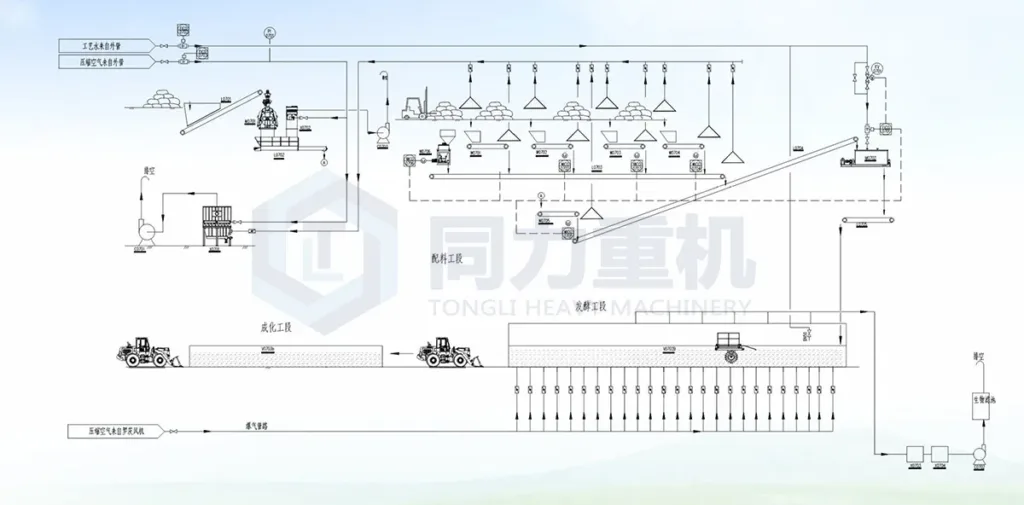
Organic-inorganic fertilizer Production Line Advantages
- Organic inorganic fertilizers make full use of local resources and increase the value of raw materials.
- Organic inorganic fertilizers contain a large amount of organic matter, which can provide nutrients for crop growth.
- Organic fertilizers are slow to take effect but have a long shelf life, and can be used in conjunction with inorganic fertilizers to play a complementary role.
- Organic fertilizers contain more diverse nutrients.
- Organic fertilizers are slow-release fertilizers, with a long period of effectiveness but slow release, the use of large quantities and other characteristics.

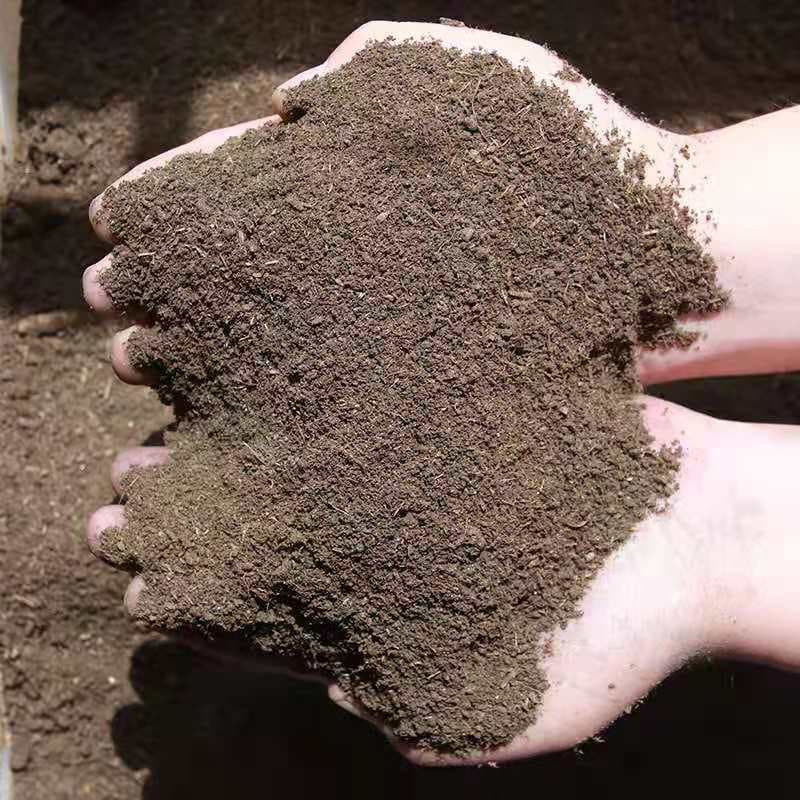
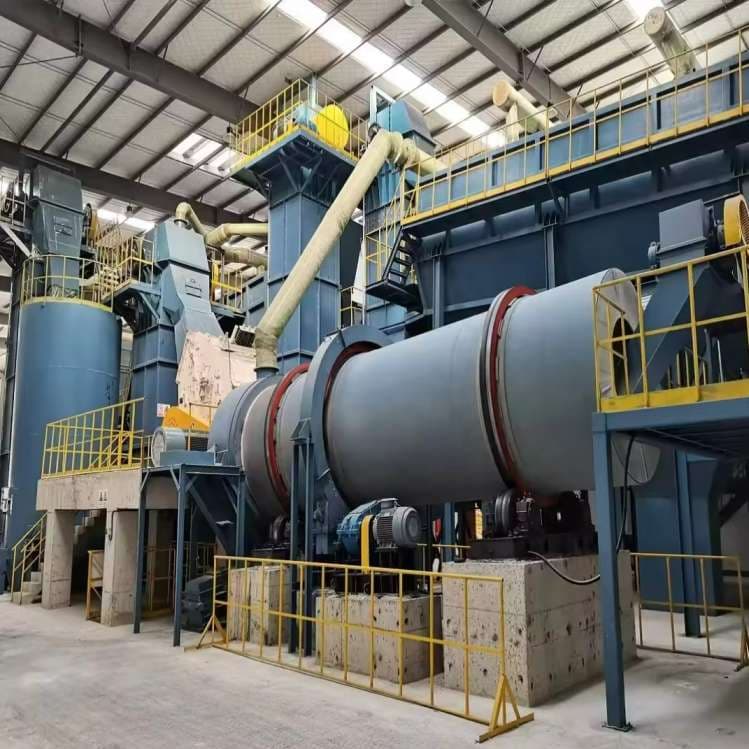

Project Case 2024
- In 2024, Tongli established 4 organic-inorganic compound fertilizer production lines with an annual output of 200,000 tons in Tanzania and Kenya. The main raw materials are cow dung and urea, MAP, DAP.
- The design of this production line fully considered the abundant local cow dung resources.
- The production process is that the cow dung is fermented and turned, then mixed with other nitrogen, phosphorus and potassium raw materials, and finally made into organic and inorganic fertilizers after granulation, drying, cooling and coating.

